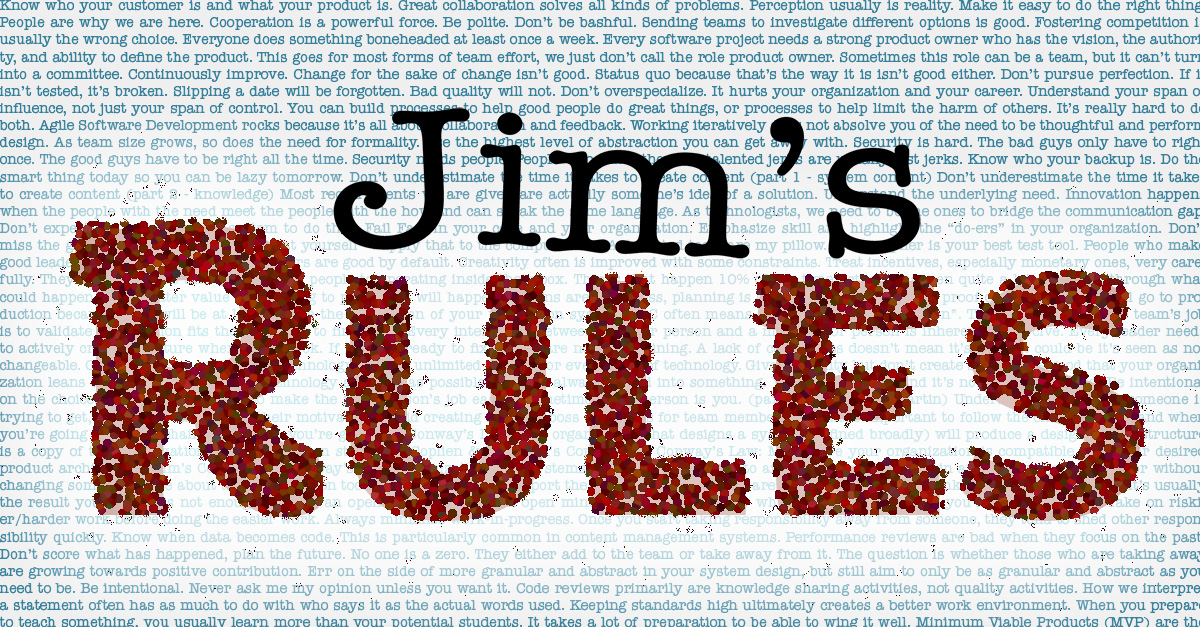On Vacation and On Writing

I don’t have much to talk about this week as we are just back from a mini-vacation and retreat. We were in Lake Geneva, WI for about 5 days to unplug for a little bit and also so my wife could attend a work related retreat. It was nice to unplug, but unplugging meant I didn’t spend much time on https://jimsrules.com. The weather was nice and cool, the leaves were just starting to change, and there was too much nothing to do, if you know what I mean. The only writing that I did was just playing around with a short story that will probably never see the light of day. I am actively working on improving my writing ability, so I’m trying to spend at least an hour writing each day. I am also doing more reading and that includes reading books about writing.These are the books have helped me the most so far:
- Stephen King: On Writing, Scribner; Reissue edition (June 2, 2020) - Practical advice aimed at aspiring fiction writers, but helpful for everyone. He includes quite a bit of autobiography to help us understand his writing style and, I believe, provide examples of how to write. It’s a great read, but it’s not for everyone. His life isn’t all rosy and includes abuse by a baby-sitter, his own substance abuse, and gruesome details about when he was hit by a van while walking.
- Strunk & White: The Elements of Style, Pearson; 4th edition (July 23, 1999) - Short and to the point. This is about 100 pages of practical writing advice focused on the basics of grammar and punctuation. This is the little book to take with you as it will fit in a large jeans pocket or purse.
- The University of Chicago Press Editorial Staff: The Chicago Manual of Style, University of Chicago Press; Seventeenth edition (September 5, 2017) - CMOS is long, exhaustive, and formal. If you want almost 20 pages of proper comma use, this is the book for you. It also covers topics like creating a table of contents, a bibliography, an index, and more. If you’re writing blogs and fiction, this is probably too much to start with: get Strunk & White and maybe supplement that with one of the CMOS’s cheat sheets that are available. CMOS, or one of its abridgements, is more likely to be up your alley if you are writing a doctoral thesis or self-publishing non-fiction. It’s also a good choice for those of us who like to just know the “write” answer and thrive on esoterica.
There isn’t a single legal definition for grammar and punctuation in American English, so there are other styles guides, such as the AP Stylebook, that take slightly different positions on some topics (e.g., CMOS and S&W recommend the serial comma whereas others prefer to omit it if they think usage is clear). I like CMOS because most of my writing education came from writing papers for science classes in college, but the AP guide may be more to your liking. The only real rule I’ve come across, and King agrees, is that “you are allowed to break the rules as long as you know the rules.” I won’t use that rule in formal academic or technical writing, though. If you’re going to be graded, stick to the rules.
This is jimsrules.com, so what are some of my own rules on writing?
- You can break the rules if it serves a purpose.
- When in doubt, look it up.
- Use the serial comma by default and be wary of anytime you have commas in a sentence with an “and” or an “or” in a position that could make up a list. Some people don’t like it, but I prefer clarity. Strunk & White made this rule #2.
-
Limit, but do not eliminate, the amount of “sentence twisting” you do with commas. I prefer this:
You will reduce confusion if you do not twist sentences.
over this:
If you do not twist sentences, you will reduce confusion.
- Go ahead and use spellcheck all the time. If you do use grammar check, only turn it on at the end. Grammar checks interrupt the writer’s train of thought and tend to destroy their “voice”.
That’s a little of where my head has been over the last couple of weeks. I’ll be back to tech blogging next week.
